Retro Replay Review
Gameplay
Braid presents itself as a deceptively simple 2D platformer, but at its core lies an intricate puzzle game that revolves entirely around time manipulation. You control Tim, a protagonist on a quest to rescue a princess, yet the real challenge emerges from mastering the ability to rewind, slow, or even create alternate versions of himself to navigate each stage. This mechanic isn’t a mere gimmick—it’s woven into every obstacle, requiring you to think several moves ahead and adjust your strategy on the fly.
(HEY YOU!! We hope you enjoy! We try not to run ads. So basically, this is a very expensive hobby running this site. Please consider joining us for updates, forums, and more. Network w/ us to make some cash or friends while retro gaming, and you can win some free retro games for posting. Okay, carry on 👍)
The game is structured into six distinct worlds, each introducing a new twist on the time-control theme. You can visit these worlds in almost any order (after initially unlocking them from the main hub), and you’re free to skip particularly vexing puzzles and return later. This flexibility encourages experimentation: when you fail, you simply rewind time and try a different approach, rather than restarting an entire level. The ability to rewind not only undoes mistakes but also transforms failure into part of the learning process.
Puzzles in Braid demand close observation of the environment and a firm grasp of the time mechanics at play. You’ll learn to manipulate clones, reverse gravity, slow time within a confined circle, and observe how certain objects remain immune to your powers. Success often comes from hypothesizing a solution in theory, then refining it through trial and error. While this design yields brilliant “aha!” moments, it also means the game has limited replay value once you’ve conquered every puzzle—but the satisfaction of that final piece sliding into place is hard to beat.
Graphics
Braid stands out with its hand-painted, watercolor-inspired visuals. Unlike many puzzle-platformers that opt for pixel art or rigid sprites, Braid’s backgrounds feel like living canvases, with soft edges, stunning color gradients, and intricate details that reflect Tim’s emotional journey. The aesthetic creates an almost storybook quality, drawing you into what initially seems like a fairy-tale world.
The minimalist user interface complements the art direction perfectly, keeping the screen clear of clutter and allowing the environments themselves to guide your eye. When you rewind time, you’ll see subtle visual trails and color shifts that underscore the mechanic without distracting from the puzzle at hand. Overall, the graphical presentation is both functional—highlighting interactive elements—and evocative—instilling a sense of wonder as you uncover each world’s secrets.
Each realm introduces a distinct color palette and visual motif, from warm sepia tones to cold, crystalline blues. These shifts not only signal new puzzle rules but also mirror the narrative’s emotional undercurrents. The result is an experience where every platform, every moving gear, and every decorative flourish feels deliberately placed to enhance immersion.
Story
At first glance, Braid appears to be a straightforward rescue narrative: Tim is searching for a princess he once knew and lost. However, as you collect puzzle pieces scattered throughout each world, you begin to piece together fragments of Tim’s past and the deeper meaning behind his quest. Rather than deliver a linear plot, the game offers glimpses of memory and emotion that invite interpretation.
Each world functions like a chapter in a fragmented memoir. The second through sixth worlds can be explored in any sequence, and their completion gradually reveals thematic vignettes about regret, obsession, and the nature of time. Only when you wrap up these worlds do you unlock the first one, which finally provides a sense of closure—and delivers a twist that casts everything you’ve experienced in a new light.
Puzzle pieces themselves form a final illustrative mosaic, encouraging players to connect the dots between gameplay mechanics and narrative symbolism. While the open-ended storytelling may frustrate those seeking explicit answers, it rewards players who appreciate ambiguity and are willing to ponder the philosophical questions embedded in every rewind stroke.
Overall Experience
Braid is a masterclass in how gameplay, art, and narrative can intertwine to create a cohesive, thought-provoking experience. Its relatively short playtime—typically four to six hours for first-time players—means it never overstays its welcome. However, the mental challenge it poses ensures the experience lingers well after you’ve seen the ending.
For puzzle enthusiasts and fans of experimental game design, Braid offers a level of depth rarely found in 2D platformers. Its time-bending mechanics introduce fresh puzzle dynamics at every turn, and its world structure gives you the freedom to tackle challenges in your own order. The Windows and Macintosh versions even include a level editor, opening up the potential for community-created puzzles.
While Braid may not offer endless replayability, its narrative resonance and innovative mechanics make it a must-play for anyone interested in games as an art form. It stands as a landmark title that continues to influence indie developers and puzzle designers more than a decade after its release. If you’re seeking a concise yet deeply rewarding journey through time and memory, look no further than Braid.
 Retro Replay Retro Replay gaming reviews, news, emulation, geek stuff and more!
Retro Replay Retro Replay gaming reviews, news, emulation, geek stuff and more!
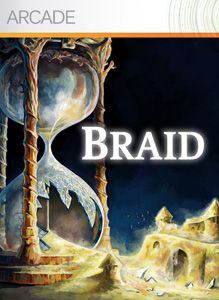
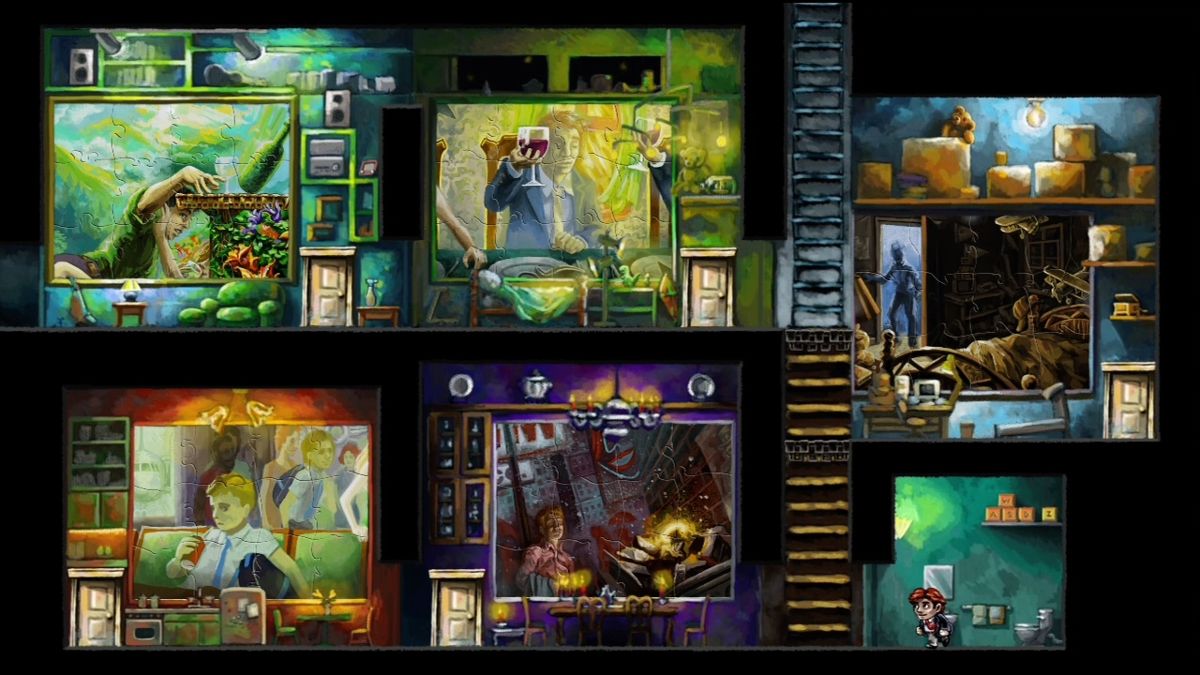
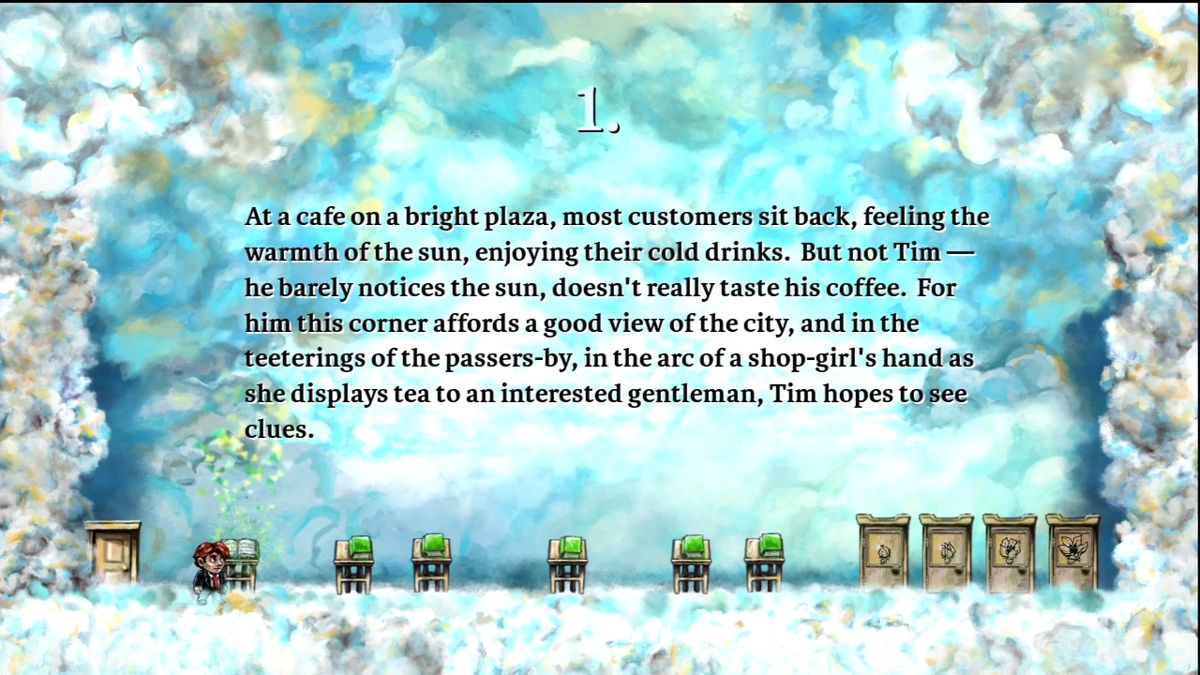
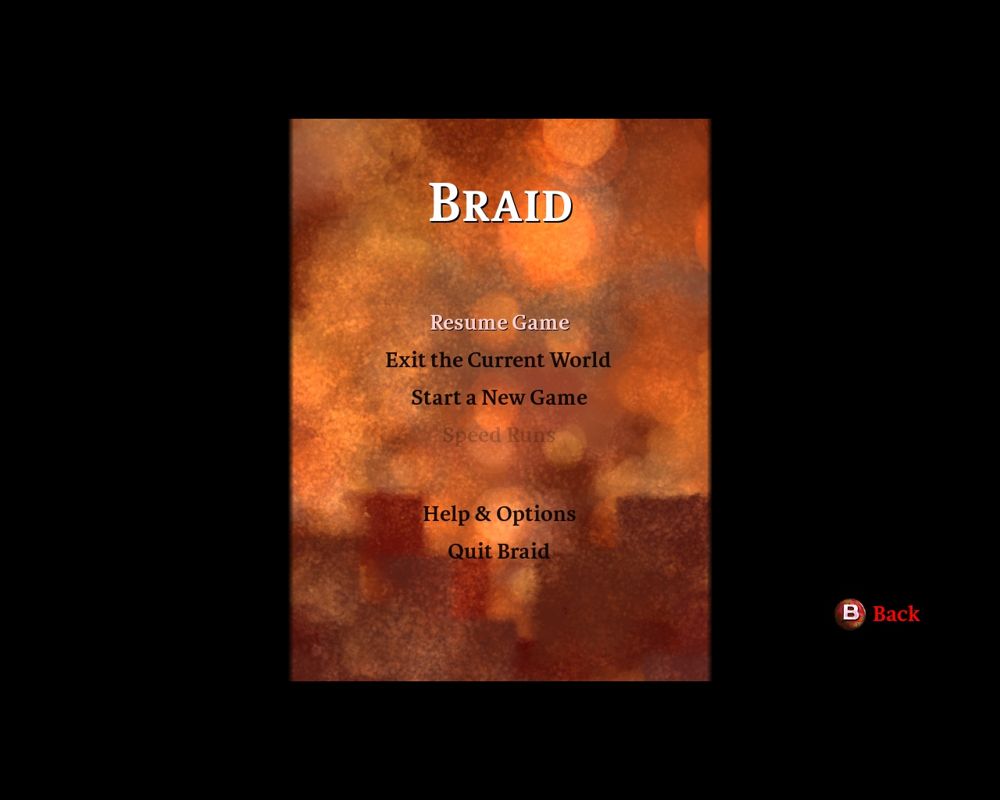
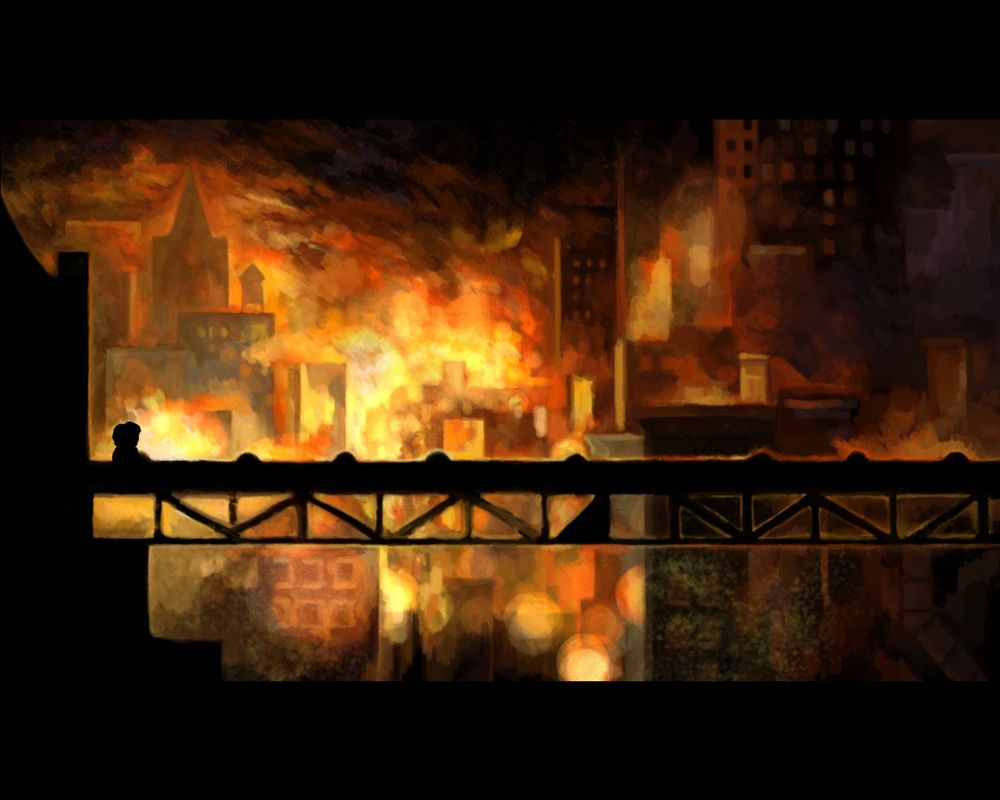
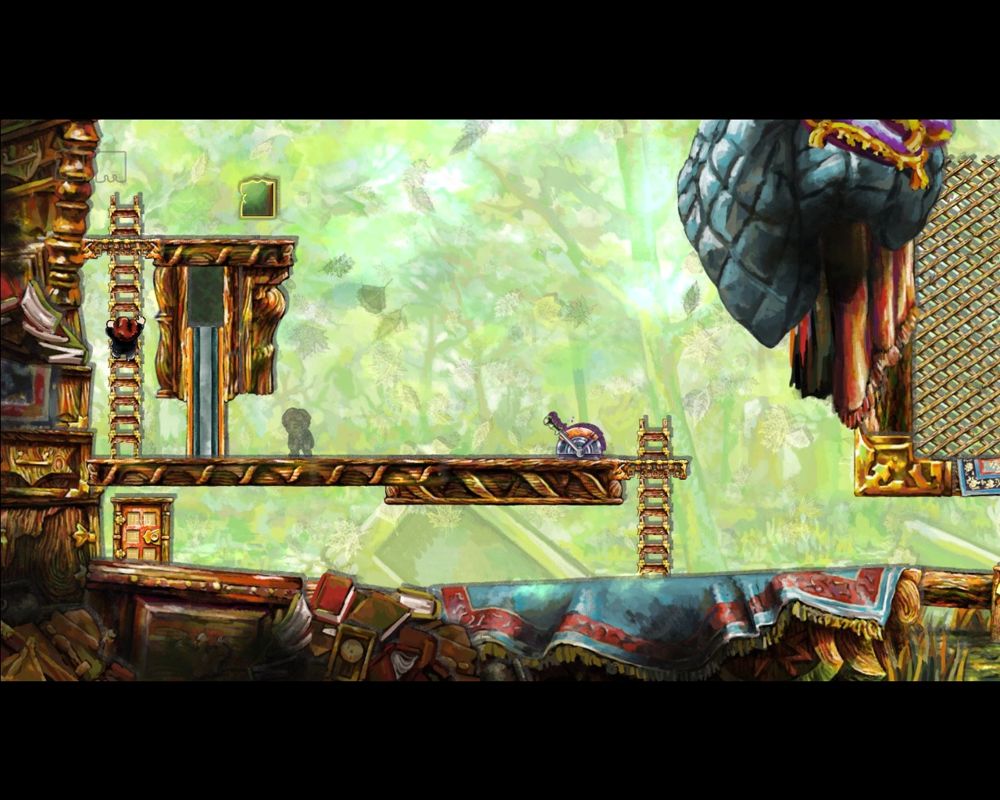



Reviews
There are no reviews yet.